- Home
- /
- Entrepreneurship
- /
- How to Build Your First…
Introduction
Building a Minimum Viable Product (MVP) is a crucial step for any startup. An MVP allows you to test your business idea with minimal resources, gather valuable user feedback, and make informed decisions about future development. In this guide, we’ll walk you through the process of building your first MVP, from concept to launch.
Steps to Build Your First Minimum Viable Product
1. Define the Problem and Your Solution

Overview
Before building your MVP, clearly define the problem your product will solve and how your solution addresses this problem.
Steps
- Identify the Problem: Conduct market research to understand the pain points of your target audience.
- Outline Your Solution: Describe how your product will solve the identified problem.
Tips
- Focus on a specific problem that affects a significant number of people.
- Ensure your solution is unique and offers a clear value proposition.
2. Conduct Market Research

Overview
Market research can help you validate your idea and better understand the competitive landscape.
Steps
- Analyze Competitors: Identify existing solutions and their strengths and weaknesses.
- Engage with Potential Users: Conduct surveys, interviews, and focus groups to gather insights.
Tips
- Use tools like Google Trends, SurveyMonkey, and SEMrush for data collection.
- Pay attention to user feedback and adjust your solution accordingly.
3. Define the Core Features
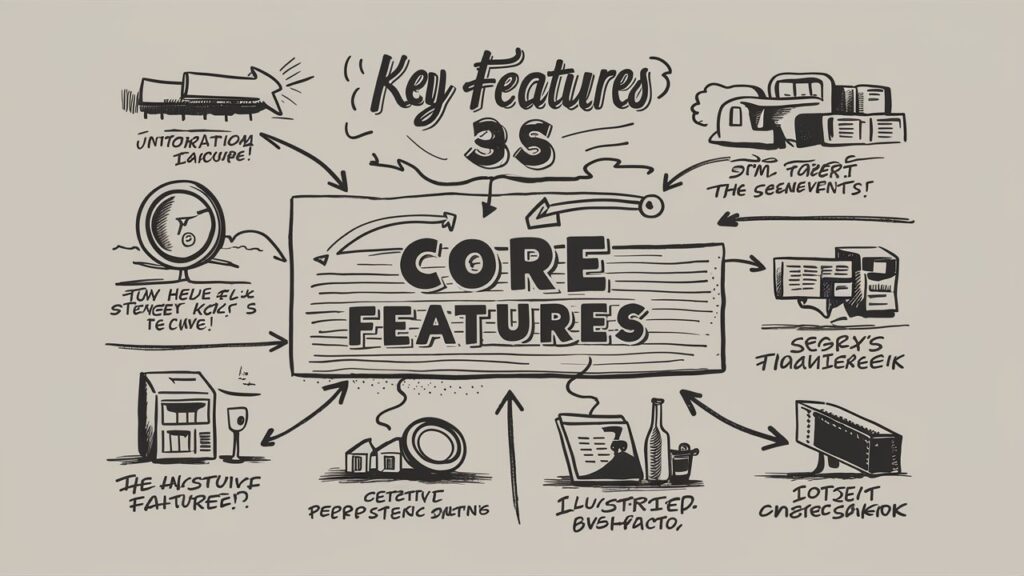
Overview
An MVP should focus on the essential features that provide the most value to users.
Steps
- List All Features: Brainstorm all possible features your product could have.
- Prioritize Core Features: Use the MoSCoW method (Must-have, Should-have, Could-have, Won’t-have) to prioritize features.
Tips
- Keep it simple. The goal is to create a functional product with minimal features.
- Concentrate on features that directly address the underlying problem.
4. Create User Stories

Overview
User stories describe how different types of users will interact with your product.
Steps
- Identify User Personas: Define the main types of users who will use your product.
- Write User Stories: Create short, simple descriptions of actions users will take with your product (e.g., “As a user, I want to sign up easily so that I can access the service”).
Tips
- Make user stories specific and goal-oriented.
- Use user stories to guide the development process.
5. Design the User Experience (UX)

Overview
A good UX is critical for user satisfaction and engagement.
Steps
- Create Wireframes: Sketch basic layouts of your product’s interface.
- Develop Prototypes: Build clickable prototypes using tools like Figma, Sketch, or Adobe XD.
Tips
- Focus on simplicity and ease of use.
- Test your prototypes with real-world users and iterate based on their feedback.
6. Build the MVP

Overview
Now it’s time to work on the actual product.
Steps
- Choose the Right Technology Stack: Select the appropriate tools and frameworks for your MVP (e.g., React for frontend, Node.js for backend).
- Assemble a Development Team: If you don’t have the necessary skills, consider hiring developers or partnering with a development agency.
- Develop Incrementally: Build the core features first and continuously test and refine them.
Tips
- Keep the development cycle short and iterative.
- Focus on building a functional, testable product rather than a perfect one.
7. Test the MVP

Overview
Testing is essential to ensure your MVP works as intended and meets user needs.
Steps
- Conduct Usability Testing: Have real users test your product and provide feedback.
- Perform Bug Testing: Identify and fix any technical issues.
Tips
- Use tools like UserTesting, BugHerd, and JIRA for efficient testing and issue tracking.
- Continuously gather feedback and make necessary improvements.
8. Launch the MVP

Overview
Once your MVP is tested and refined, it’s time to launch it to a broader audience.
Steps
- Prepare Marketing Materials: Create a landing page, press release, and social media content.
- Launch to Early Adopters: Release your MVP to a select group of early users.
Tips
- Use beta launch platforms like Product Hunt or BetaList to gain initial traction.
- Collect and analyze user feedback post-launch to guide future development.
9. Gather and Analyze Feedback

Overview
Post-launch feedback is crucial for understanding user needs and improving your product.
Steps
- Collect Feedback: Use surveys, analytics, and direct user interactions to gather feedback.
- Analyze Data: Identify patterns and prioritize areas for improvement.
Tips
- Tools like Google Analytics, Hotjar, and SurveyMonkey can help with data collection and analysis.
- Be open to criticism and use it constructively to enhance your product.
10. Iterate and Improve

Overview
An MVP is just the beginning. Use the feedback and data collected to iterate and improve your product.
Steps
- Plan Updates: Based on user feedback, plan new features and improvements.
- Develop and Test: Implement changes incrementally, testing each update thoroughly.
Tips
- Maintain a user-centric approach throughout the development process.
- Keep users informed about updates and improvements to build trust and engagement.
Conclusion

Building an MVP is a critical step in the startup journey, allowing you to validate your idea, gather user feedback, and make data-driven decisions. By following this step-by-step guide, you can develop a functional MVP that addresses real problems, engages users, and sets the foundation for future growth. Remember, the key to a successful MVP is focusing on core features, continuous testing, and iteration based on user feedback.
To learn more about entrepreneurship, check out here.

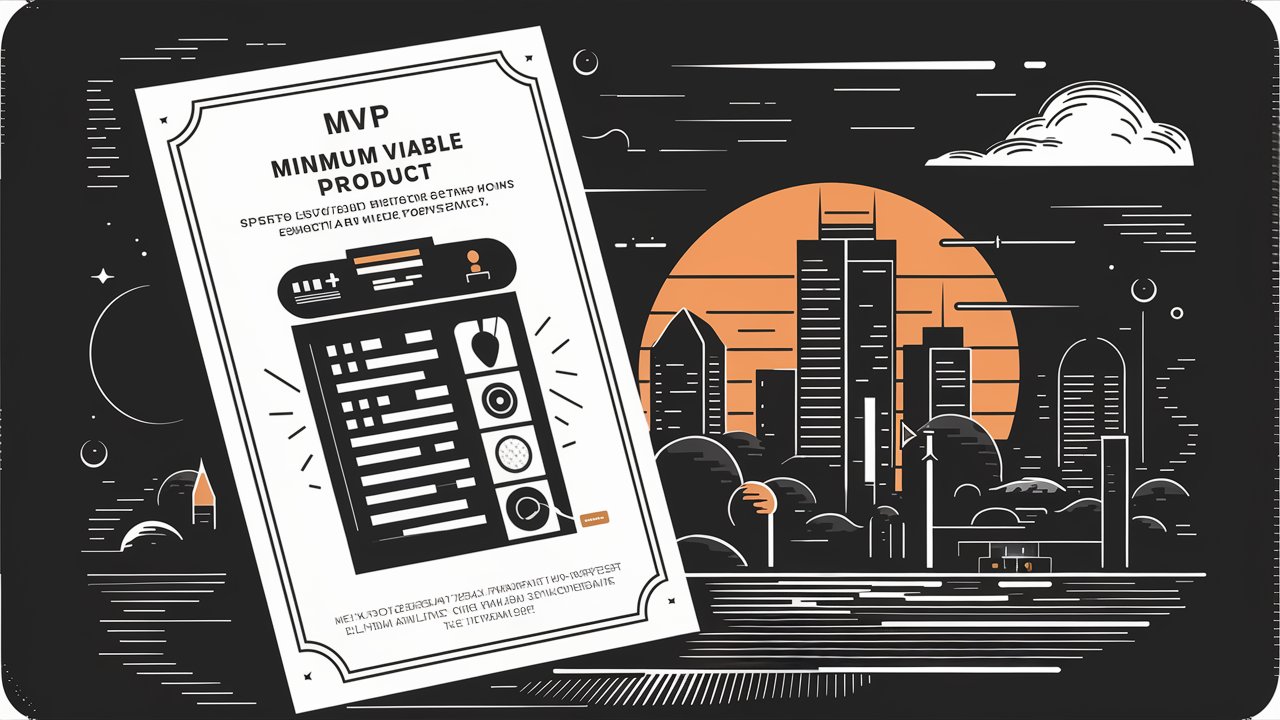





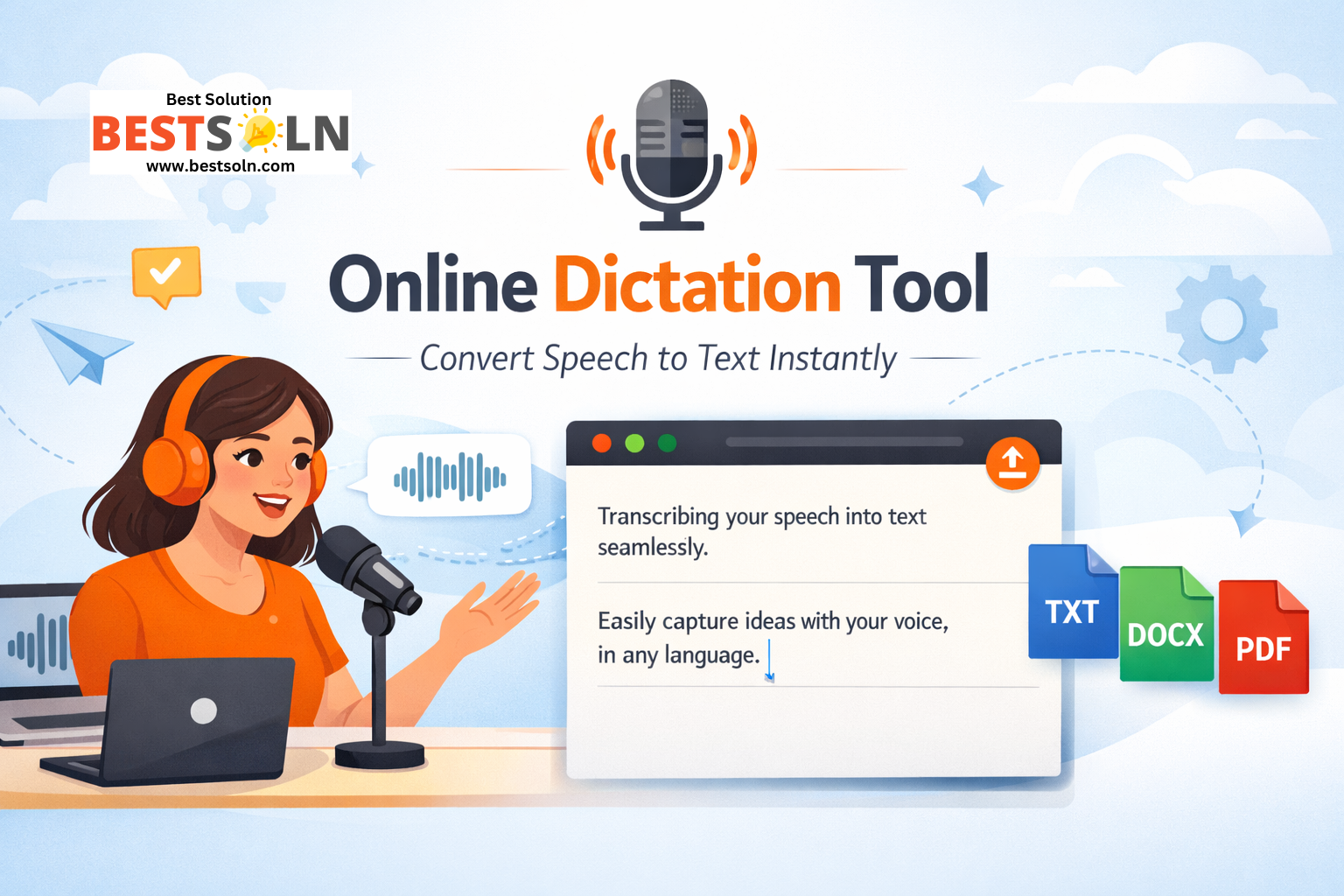
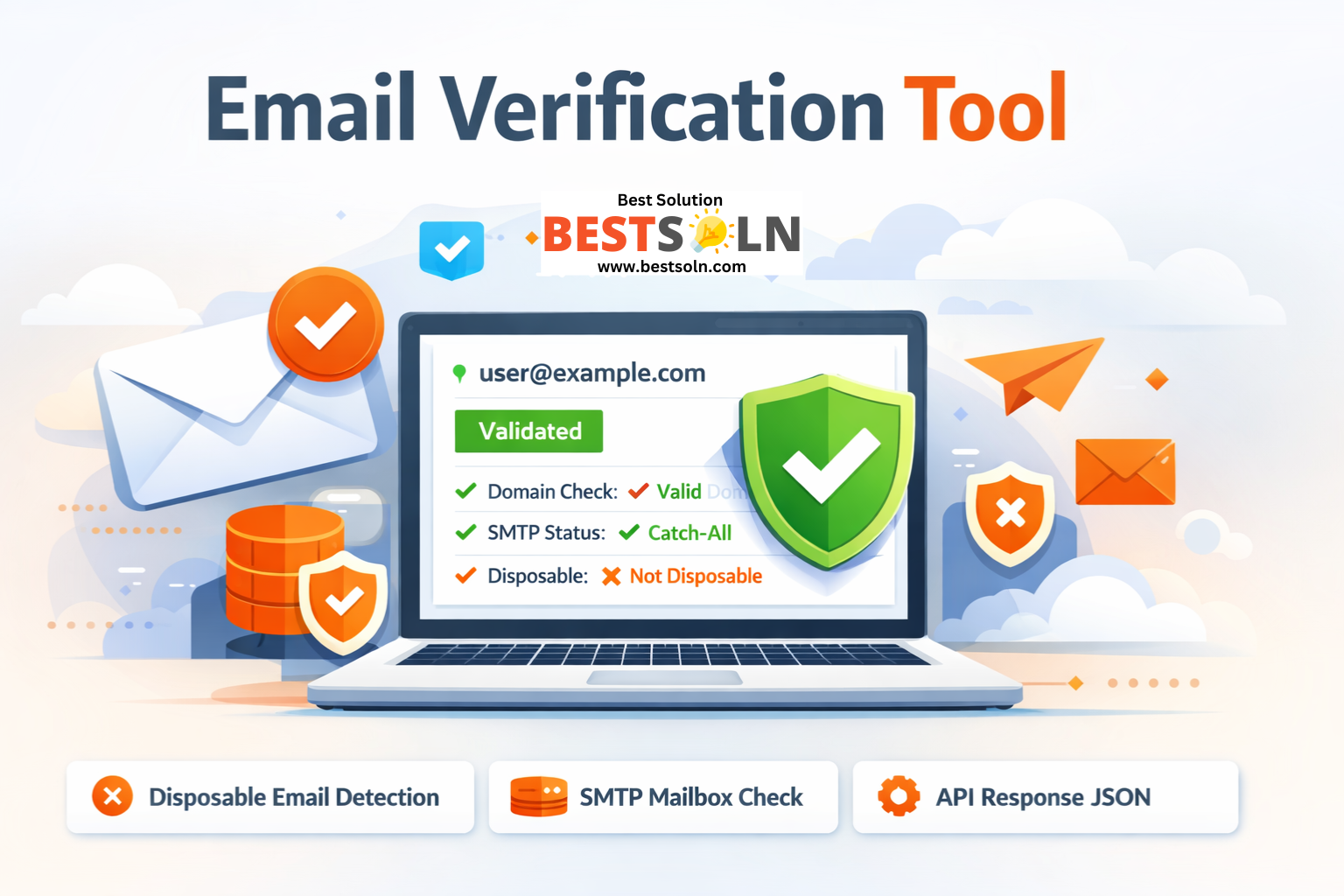


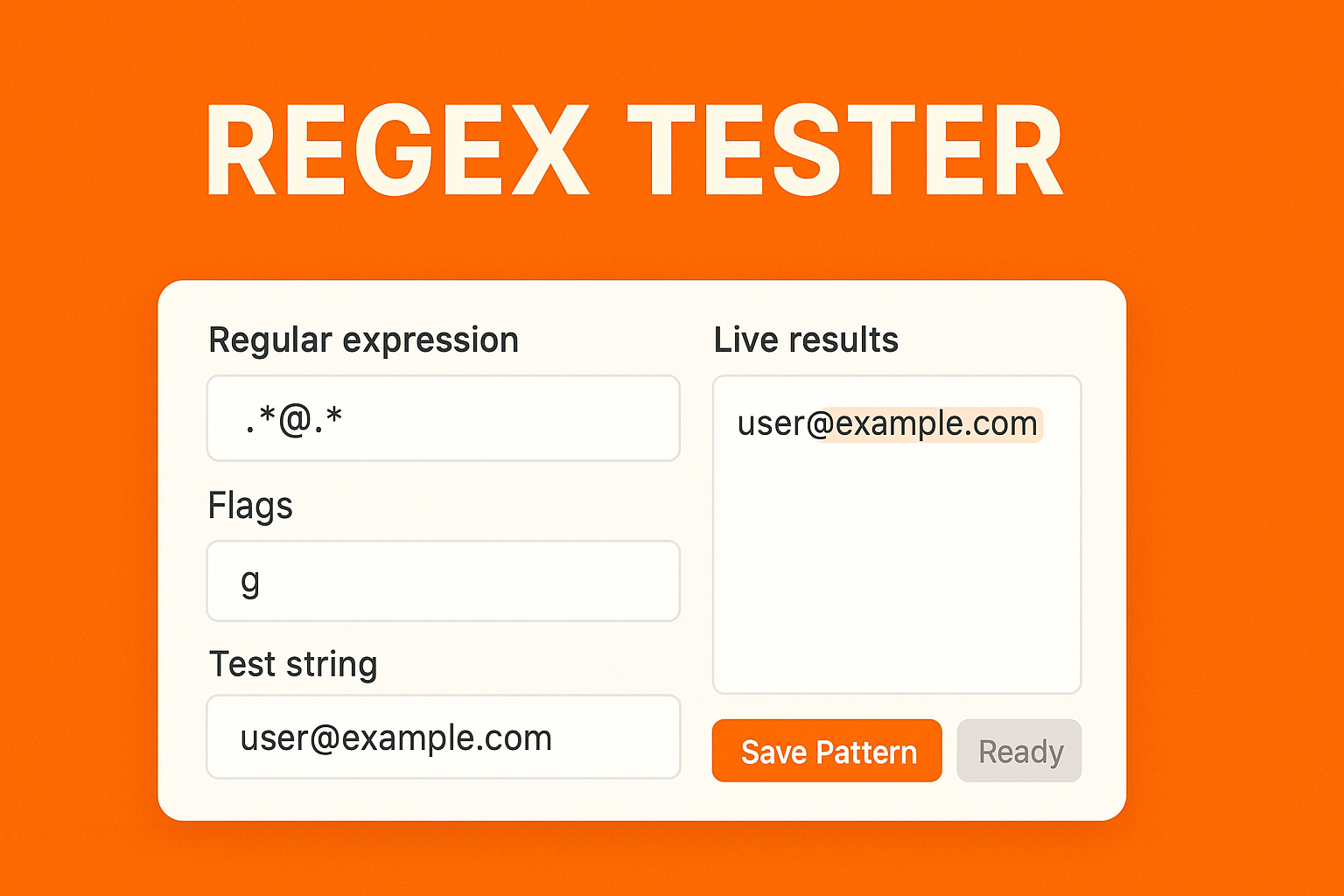








Leave a Reply